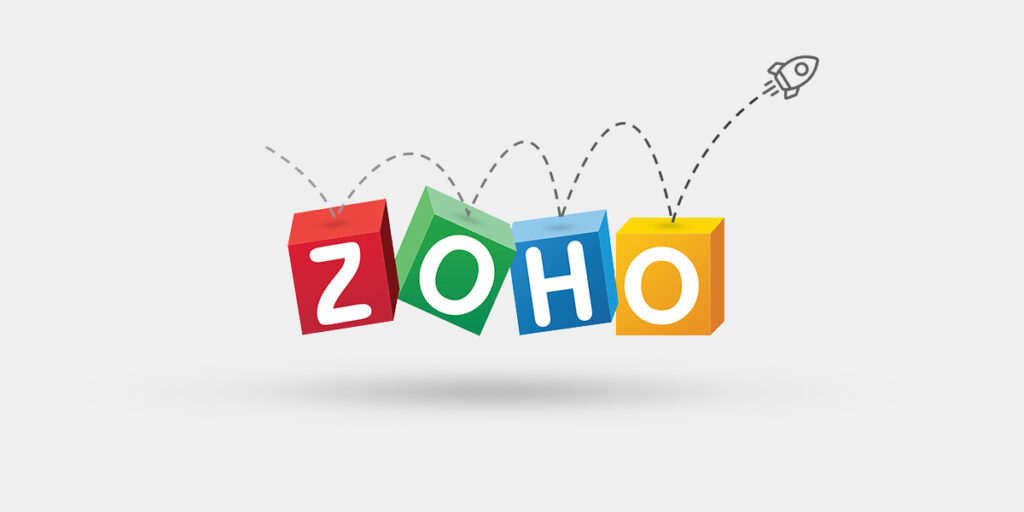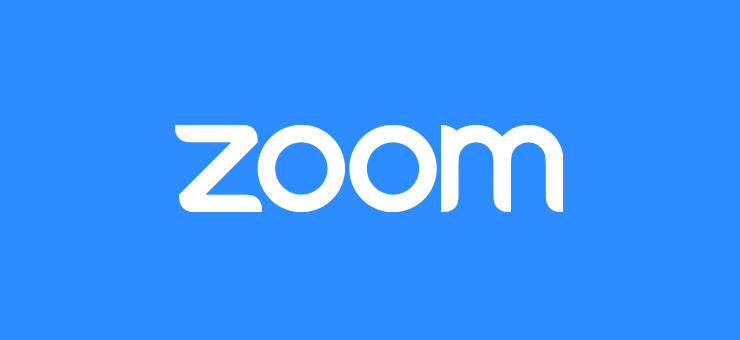In today’s fast-paced business environment, virtual meetings have become an essential part of communication. Two of the most widely used platforms for online meetings and webinars are Zoom and Zoho Meeting. Both offer a range of features designed to facilitate collaboration, but they differ significantly in functionality, pricing, performance, and user experience. This detailed comparison will help you understand which platform is better suited to your needs.
1. Overview of Zoom and Zoho Meeting
Zoom has become a household name since its rapid adoption in 2020 during the global shift to remote work and online learning. Known for its ease of use, high-quality video, and reliability, Zoom supports video conferencing, webinars, chat, and integrations with various productivity tools. It serves individuals, small businesses, and large enterprises.
Zoho Meeting, part of the larger Zoho ecosystem, focuses on providing secure, easy-to-use online meeting solutions integrated with Zoho’s suite of business apps. Zoho Meeting offers features for screen sharing, webinar hosting, and team collaboration, emphasizing security and privacy while catering to businesses already using Zoho applications.
2. Features Comparison

a. Video Conferencing
-
Zoom: Offers high-definition video and audio, with support for up to 1,000 participants in a single meeting depending on the plan. Zoom provides features like virtual backgrounds, gallery view, spotlighting speakers, breakout rooms, and meeting recordings.
-
Zoho Meeting: Supports HD video for up to 250 participants (for webinars) and 100 participants for regular meetings. Zoho focuses on providing an intuitive interface with screen sharing, presenter controls, and recording options. It also supports integration with Zoho Calendar and CRM.
b. Screen Sharing & Collaboration Tools
-
Zoom: Users can share their entire screen, specific applications, or browser tabs. Annotation tools, whiteboards, and live polls enhance collaboration. Zoom also integrates with Microsoft Teams, Slack, and Google Workspace for seamless workflow.
-
Zoho Meeting: Offers screen sharing with remote control features, allowing participants to interact with the presenter’s screen for real-time collaboration. Zoho Meeting also includes chat, Q&A, and polling options within webinars.
c. Webinar Capabilities
-
Zoom: Zoom Webinar supports a large audience, offering registration management, attendee analytics, Q&A sessions, and polling. Advanced features include integration with CRM and marketing platforms.
-
Zoho Meeting: Zoho Webinar supports up to 500 attendees (depending on the plan) and provides features like registration forms, email reminders, polls, and analytics. While less extensive than Zoom, it covers the essential needs for online events.
d. Security & Privacy
-
Zoom: Offers end-to-end encryption for meetings, waiting rooms, password protection, and user authentication. Zoom has improved its security measures over the years to address previous vulnerabilities.
-
Zoho Meeting: Prioritizes privacy and security, offering SSL encryption, password-protected meetings, and strict data compliance. Zoho does not track user activity for advertising purposes, making it appealing for privacy-conscious users.
e. Integrations
-
Zoom: Integrates with hundreds of apps, including productivity, CRM, and project management tools. Popular integrations include Microsoft Office 365, Google Calendar, Slack, Salesforce, and HubSpot.
-
Zoho Meeting: Integrates seamlessly with Zoho apps like Zoho CRM, Zoho Projects, and Zoho Calendar. It also offers integration with Google Workspace and Microsoft Outlook, though the ecosystem is more limited compared to Zoom.
f. User Experience
-
Zoom: Known for its simple interface and easy setup, even for beginners. Mobile and desktop apps are highly functional and stable.
-
Zoho Meeting: Provides a clean, user-friendly interface, especially for businesses already using Zoho products. It is less overwhelming than Zoom for small teams but may lack some advanced customization options.
3. Performance Comparison

a. Video & Audio Quality
Zoom is renowned for its consistent HD video and audio performance even with slower internet connections. Adaptive bandwidth management ensures smooth performance across devices. Zoho Meeting also provides high-quality video and audio but may not perform as well as Zoom under low-bandwidth conditions or with large participant numbers.
b. Reliability & Uptime
Zoom has built a reputation for reliability with minimal downtime and robust server infrastructure. Zoho Meeting also maintains strong uptime, especially for enterprise accounts, but its global server presence is smaller than Zoom’s, which may affect performance in some regions.
c. Platform Compatibility
Both Zoom and Zoho Meeting support Windows, macOS, iOS, Android, and web browsers. Zoom has dedicated apps for more devices and a slightly more optimized mobile experience, while Zoho Meeting relies more on browser-based access for some features.
4. Pricing Comparison
Zoom:
-
Free Plan: 100 participants, 40-minute limit on group meetings.
-
Pro Plan: $14.99/month/host, up to 100 participants, meeting duration up to 30 hours.
-
Business Plan: $19.99/month/host, 300 participants, branding options, cloud recording transcripts.
-
Enterprise Plan: $19.99/month/host, 500–1,000 participants, advanced analytics, dedicated support.
Zoho Meeting:
-
Free Plan: Up to 3 participants for meetings, limited features.
-
Standard Plan: $8/month/host, up to 50 participants, screen sharing, recording.
-
Professional Plan: $15/month/host, up to 100 participants, webinar support, analytics.
-
Enterprise Plan: $30/month/host, 250 participants, advanced security features, white-label webinars.
Zoho Meeting’s pricing is generally lower than Zoom for small teams, while Zoom scales better for larger organizations and global usage.
5. Pros & Cons

Zoom Pros:
-
High video/audio quality
-
Supports large meetings and webinars
-
Wide range of integrations
-
Reliable and stable platform
-
Advanced collaboration tools
Zoom Cons:
-
Free plan has a 40-minute limit
-
Security concerns in early years (though improved)
-
Can be overwhelming for small teams
Zoho Meeting Pros:
-
Affordable pricing for small teams
-
Strong focus on security and privacy
-
Seamless integration with Zoho ecosystem
-
User-friendly interface for beginners
Zoho Meeting Cons:
-
Limited participant capacity compared to Zoom
-
Fewer third-party integrations
-
Slightly weaker performance on low bandwidth
6. Which Platform Should You Choose?
-
Choose Zoom if: You need large meetings, webinars, advanced features, and wide integration support. Zoom is ideal for enterprises, online courses, and global collaboration.
-
Choose Zoho Meeting if: You prioritize security, affordability, and integration with Zoho apps. Zoho Meeting is suitable for small-to-medium businesses and teams already using the Zoho ecosystem.









